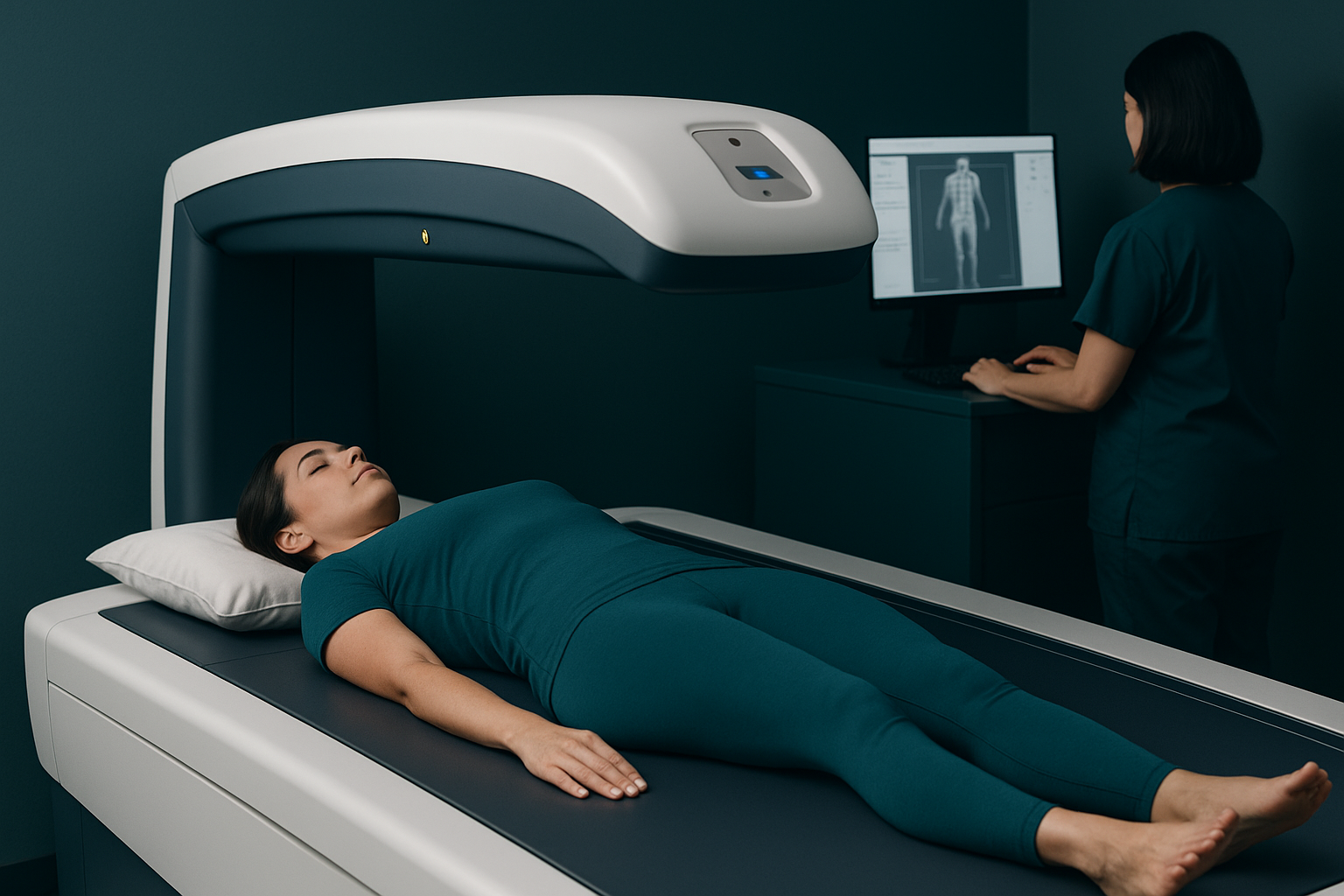Introduction
The landscape of body composition analysis is undergoing a revolutionary transformation. Traditional methods like DEXA (Dual-Energy X-ray Absorptiometry) scans, long considered the gold standard, are now being challenged by AI-powered body scanning technology that promises comparable accuracy with unprecedented accessibility.
Understanding DEXA Technology
DEXA scans utilize low-dose X-rays to measure bone density, muscle mass, and body fat distribution. While highly accurate, DEXA scans have several limitations:
- Requires specialized medical equipment
- High cost ($100-300 per scan)
- Limited accessibility
- Exposure to low-dose radiation
- Requires trained technicians
The AI Revolution
AI-powered body scanning technology leverages computer vision and machine learning algorithms to analyze body composition from simple photographs. This approach offers several advantages:
- Accessible via smartphone apps
- Cost-effective (often free or low-cost)
- No radiation exposure
- Immediate results
- Can be performed anywhere
Accuracy Comparison
Recent studies have shown that AI body scanning can achieve accuracy levels comparable to DEXA scans when properly implemented. Key factors affecting accuracy include:
- Image quality and lighting
- Algorithm training data
- Body positioning consistency
- Validation against gold standard methods
Clinical Applications
AI body scanning technology is finding applications in various clinical settings:
- Fitness and wellness tracking
- Nutritional assessment
- Progress monitoring
- Research studies
- Telemedicine consultations
Future Implications
As AI technology continues to advance, we can expect:
- Improved accuracy through better algorithms
- Integration with wearable devices
- Real-time monitoring capabilities
- Personalized health insights
- Democratization of body composition analysis
Conclusion
While DEXA remains the gold standard for clinical applications, AI body scanning technology represents a significant advancement in making body composition analysis more accessible and affordable. The future likely involves a hybrid approach where AI technology complements traditional methods, providing more frequent monitoring capabilities while maintaining the accuracy of established clinical standards.


